Bio 006 - 11LA: Animal Reproduction
1/20
There's no tags or description
Looks like no tags are added yet.
Name | Mastery | Learn | Test | Matching | Spaced |
|---|
No study sessions yet.
21 Terms
Gametogenesis
Process of forming gametes (sperm and egg).
Sexual Reproduction
Involves sperm and egg forming a zygote for offspring creation.
Asexual Reproduction
Offspring produced without sperm and egg fusion.
Budding
Asexual reproduction method in sponges, corals, and hydra.
through mitosis

Fission
Asexual reproduction by splitting in flatworms and amoeba.
through mitosis
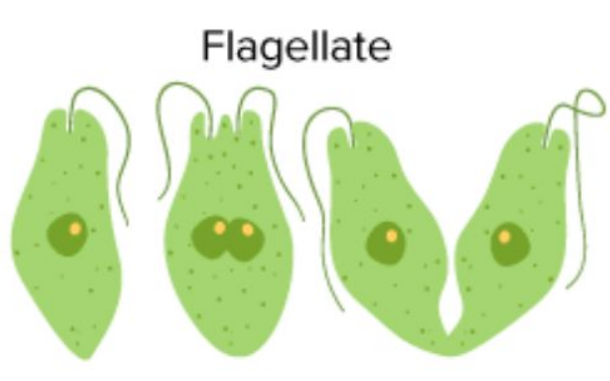
Fragmentation
Asexual reproduction where body parts regenerate.
examples: Annelid worms , Starfish, Corals, Sponges
through mitosis
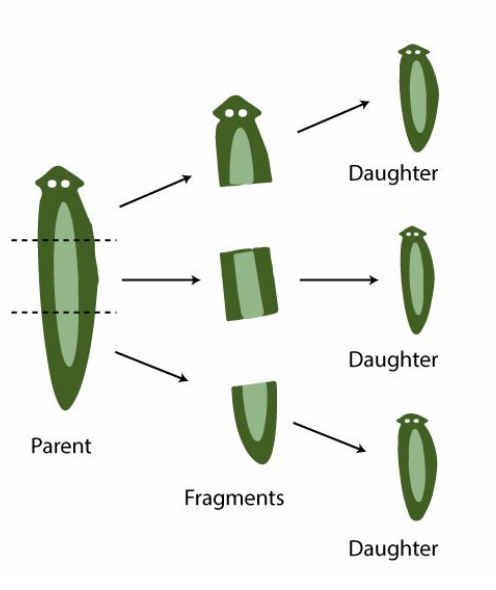
Parthenogenesis
Development of unfertilized egg into offspring.
examples: Bees, Komodo dragons, Hammerhead sharks
through meiosis
Hermaphroditism
Individual produces both sperm and egg gametes.
-Adaptation common in sessile animals (don’t move)
1 individual produces both types of gametes
Increases chances of fertilization & makes self-fertilization possible
Is offspring from self-fertilization are NOT identical
example: sea slugs
Internal Fertilization
Sperm deposited inside female reproductive tract.
Helps protect gametes in dry environments
Humans perform internal fertilization
External Fertilization
Female deposits egg outside the body, then male fertilizes
Spawning
Spawning
Simultaneous gamete release into water by male and female.
Could be triggered by “courtship” behaviors, chemical signals, seasons, temperature, lunar cycle, etc.
Embryonic Development
4 Stages of development from zygote to organs in Animals
Cleavage
Second stage of embryonic development forming blastula.
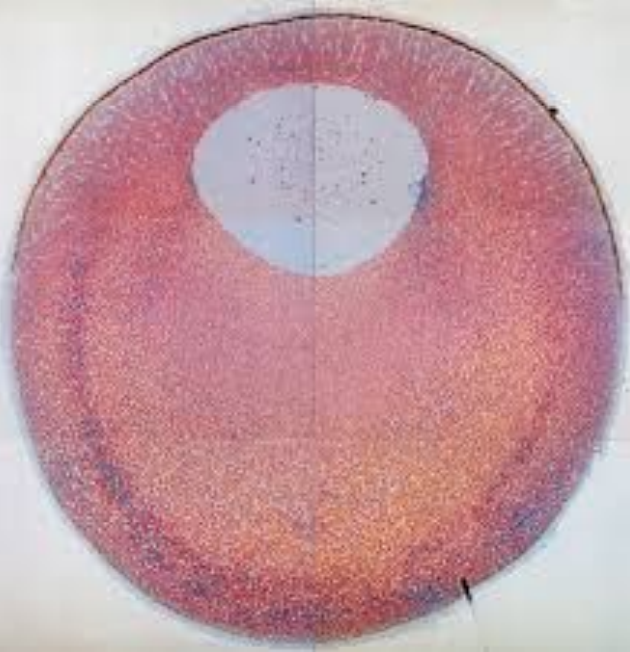
Gastrulation
Third stage of Embryonic Development: formation of gastrula from blastula stage.
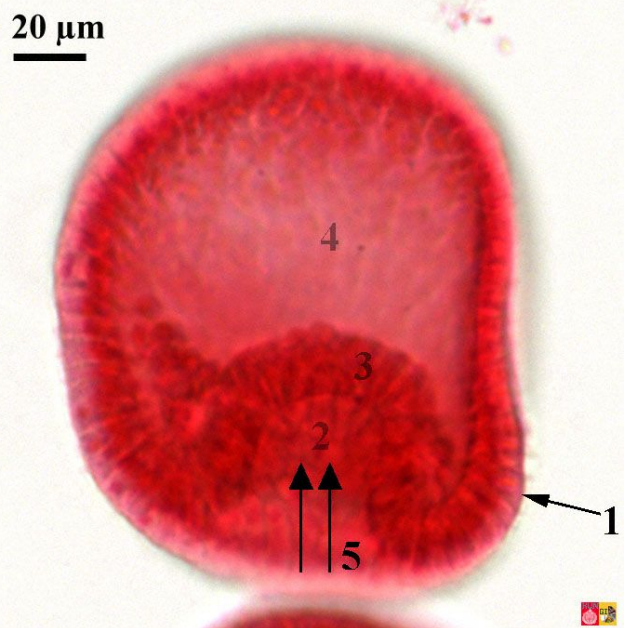
Organogenesis
Fourth stage of Embryonic Development; development of organs from the gastrula.
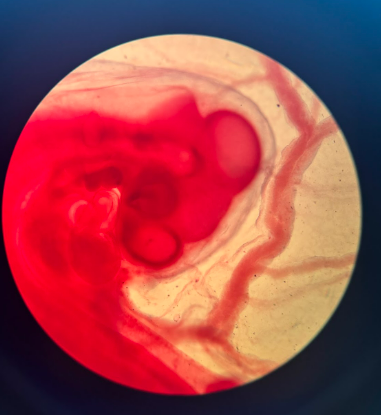
Zygote
First stage of Embryonic Development. Initial cell formed from fertilization.
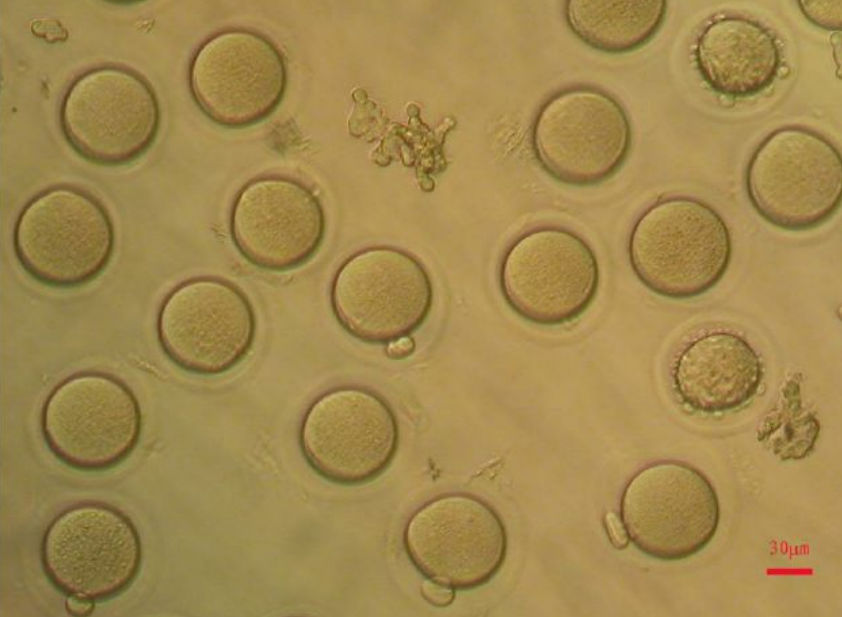
Blastula
Hollow ball of cells post-cleavage stage.
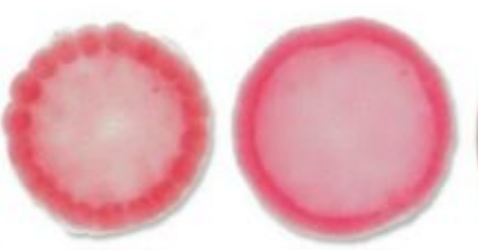
Gastrula
Stage where cell layers form during development.
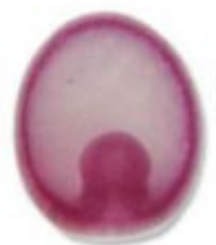
Sex Reversal
Change of sex in certain species like Bluehead Wrasse.
hormones
Chemicals released from one organ system that communicate to other systems in the same individual.
Affect both physiology & behavior.
pheromones
Chemicals released from one individual that affect physiology & behavior of a different individual (of the same species).
humans do NOT have this